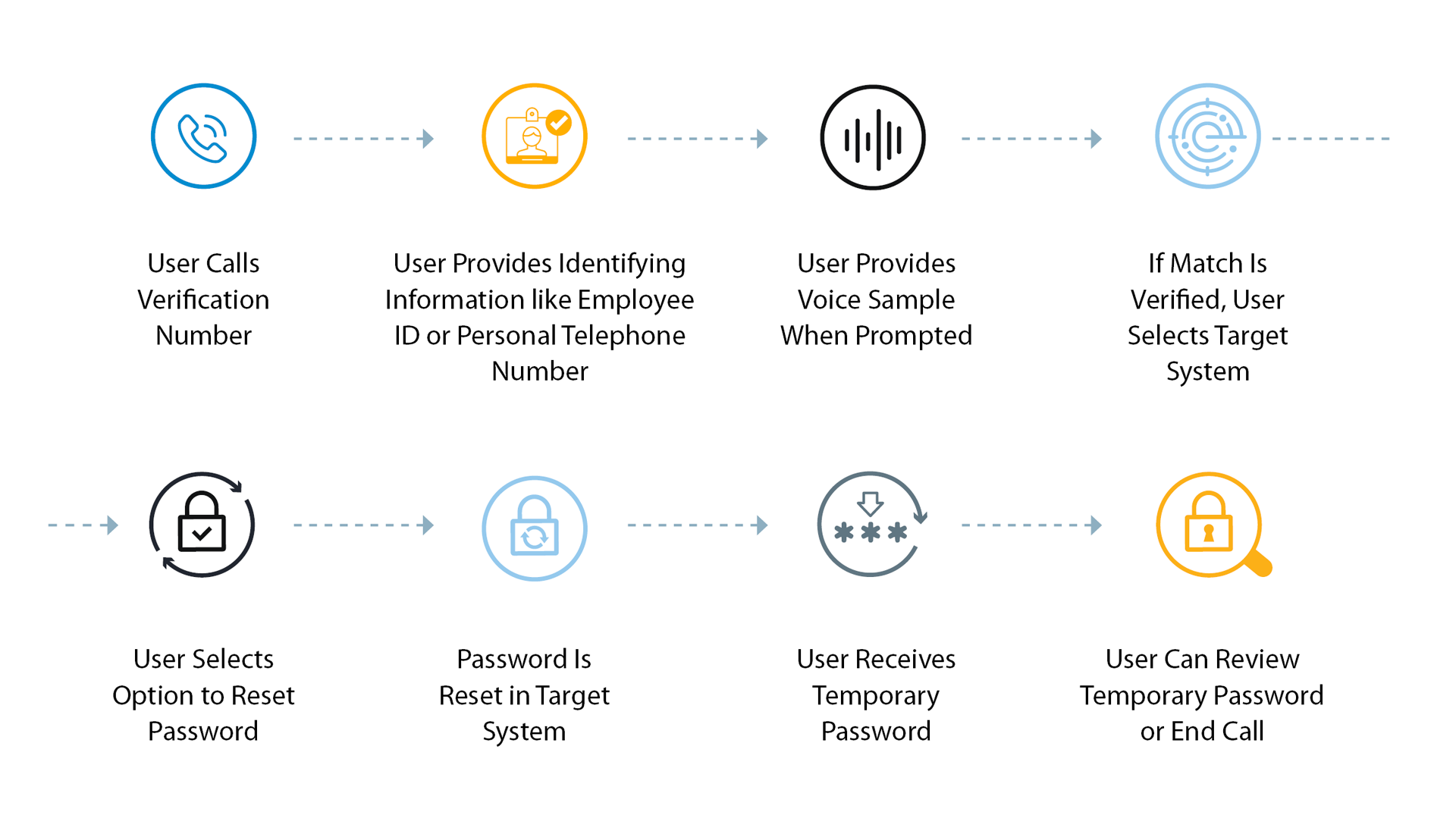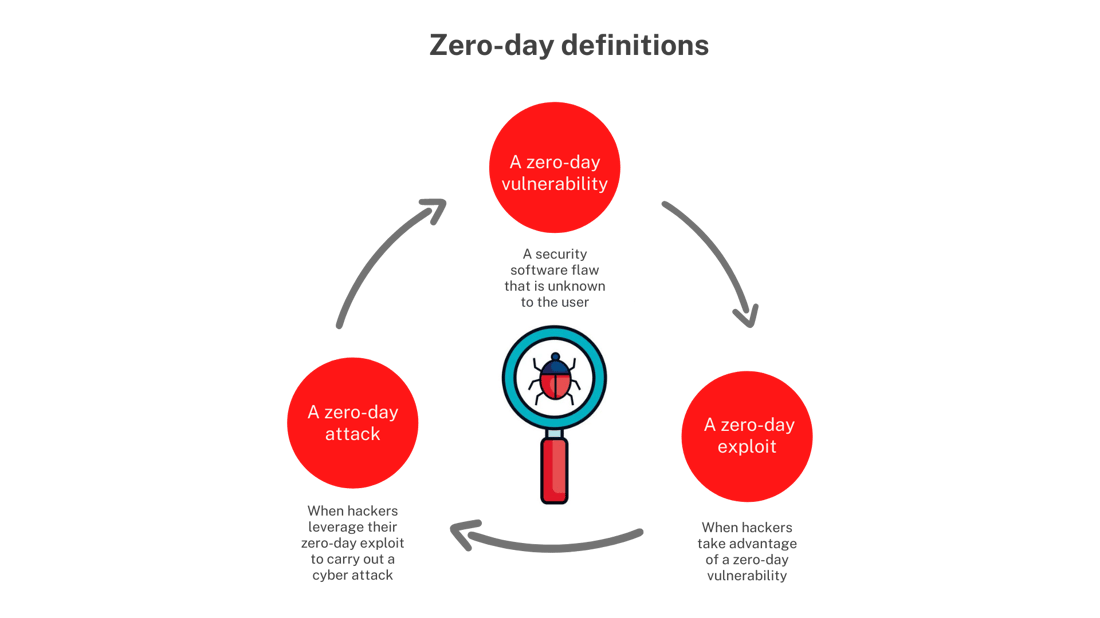Information technology plays an integral role in today’s businesses and organizations. Managers and leaders rely on IT software solutions when faced with making difficult decisions, and IT specialists are employed to ensure these software solutions function properly. A well-developed IT strategy is linked to the company’s vision and goals and is a fluid document that guides the company toward meeting those goals.
What Is an IT Strategy?
An IT strategy is a written document that defines an organization’s IT resources and how the company can use these resources and technology to create value for the company, its products and services, its employees, and its customers. The IT strategy describes the company’s IT capabilities and is a significant part of most business plans. When formulating IT strategy, three components should be defined and analyzed: Processes, organization, and infrastructure.
What Are IT Processes?
IT processes relate to how an organization works. This includes such things as innovation, management, and control of the organization’s functions. Service delivery is also an IT process. In many companies, IT is the driving force behind the processes.
What Is IT Organization?
IT organization relates to the organization’s resources. This includes assets such as real estate and other property, employees, partners and contractors, and organizational skills. You can also include knowledge and experience as key resources in an organization.
What Is IT Infrastructure?
IT infrastructure relates to the architecture, hardware, and software employed by the organization. The infrastructure is the real technology and the standards used to keep it running and increase its capability.
An organization, along with its processes and its infrastructure, all play key roles in developing an IT strategy. Within the framework of these components, managers can determine current and future IT needs, define the organization’s vision, and explore programs and systems to achieve its bottom line.
































